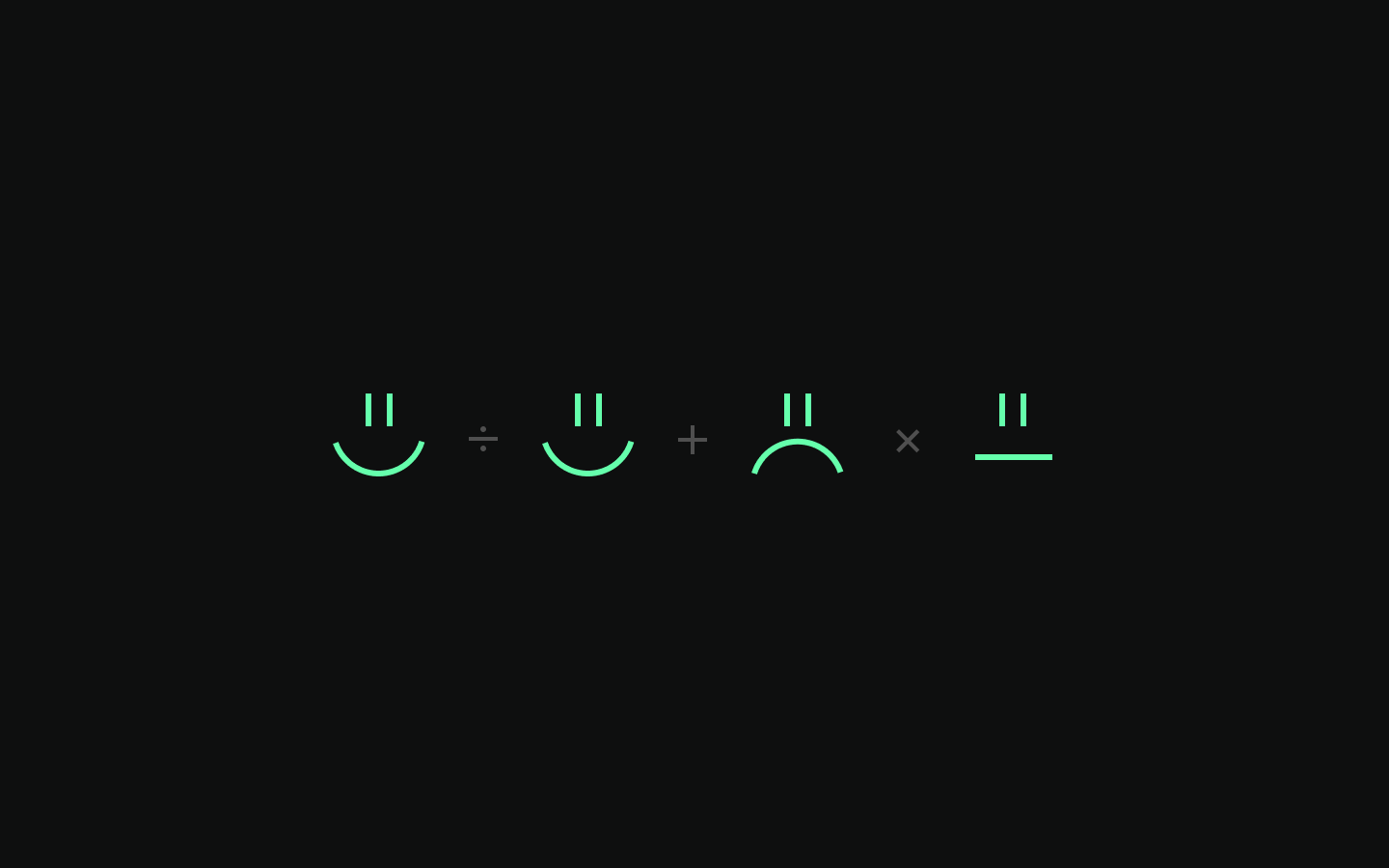TL;DR
Happiness is not like math, it is more like art.
Happiness can't be computed algorithmically.
There is no finite truth about what happiness is or how one can be happy. There is no formula that is always true for everyone everywhere.
With happiness, the process matters. What you see when you zoom out is important. It is perceived differently by different people. It has different labels and depends on context.
Happiness means not wanting the world to be different.
Happiness is not a goal you reach. It's the continuous byproduct of a life well-lived.
Happiness can be conflated with joy, pleasure, fun, peace, contentment and other labels we use to describe positive perceptions of life.
There is no agreed upon definition of what happiness means — which makes it difficult to objectively grasp and describe.
Nuanced perspectives can help us understand more about how happiness relates to our everyday experience.
Happiness is a deeply personal learning experience.
One you can’t shortcut.
To Remember
“Peace is happiness at rest; happiness is peace in motion.”
— Naval Ravikant
Explore
➞ Watch Daniel Kahneman's distinction between the Experiencing Self and the Remembering Self as a nuanced view on the difference between happiness as an in-the-moment enjoyment or as a form of satisfaction based on reflection on one's life.
➞ Read about the Peak-End Rule to understand more about how we judge experiences.
➞ Explore the concept of Neuroplasticity in this video to understand how our brain re-wires and how this affects our experience.
Resources
For a structured list of fascinating books, blogs, podcasts, and Youtube channels related to happiness, psychology and the good life, visit mindvault.co/happinessmath.




